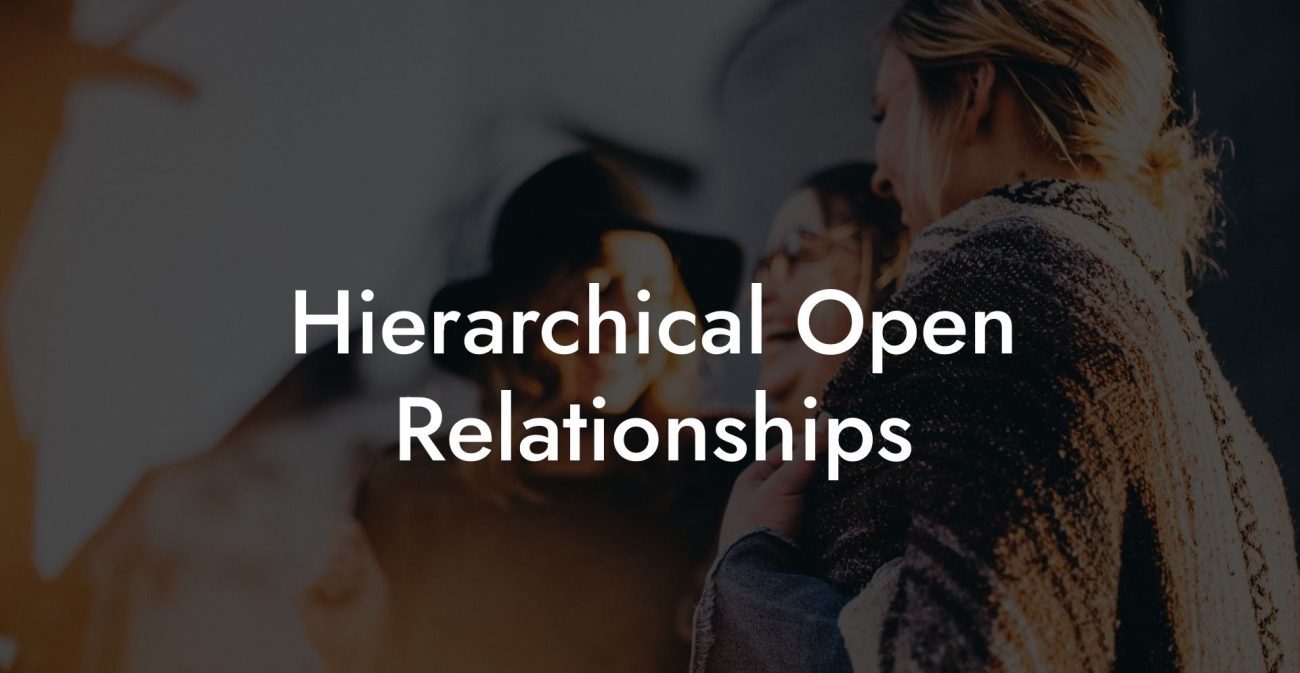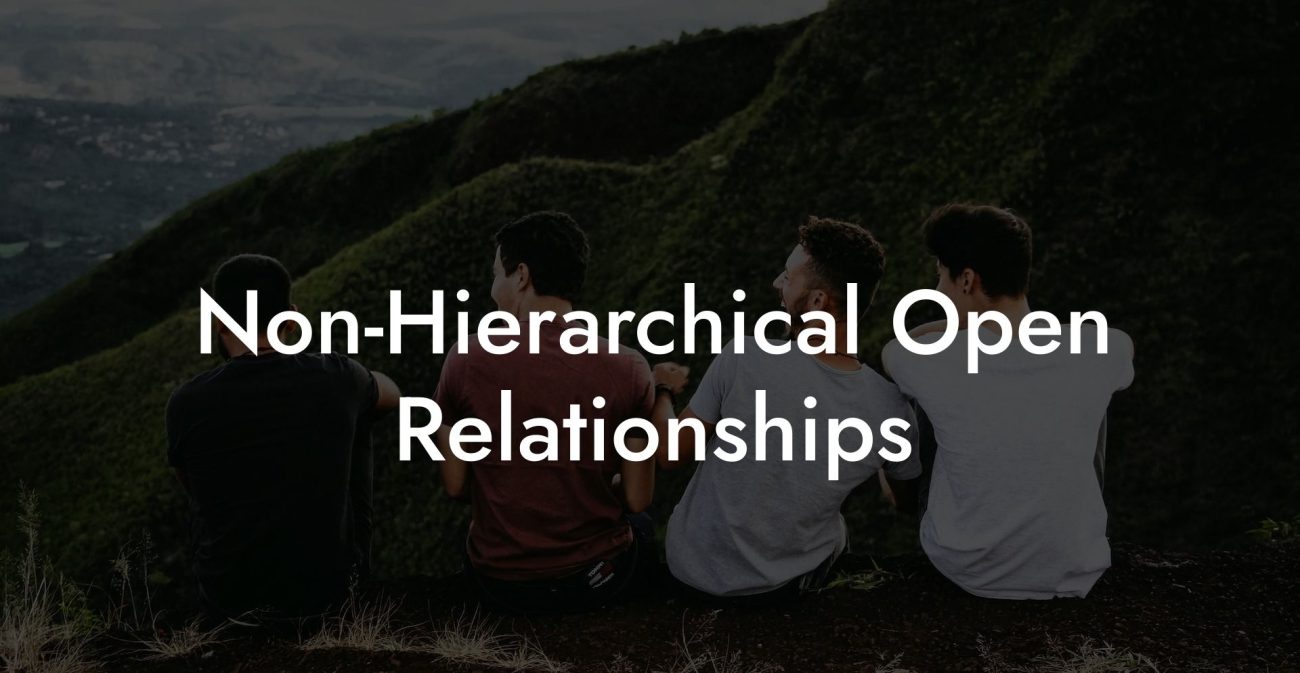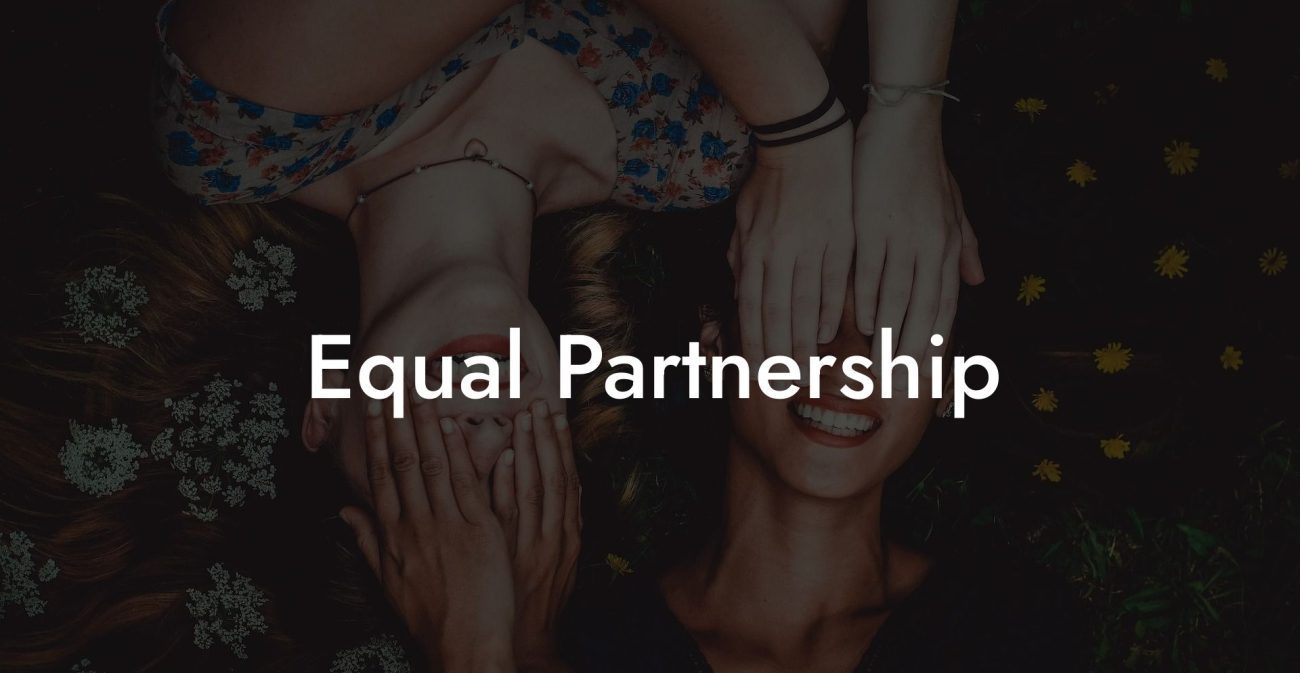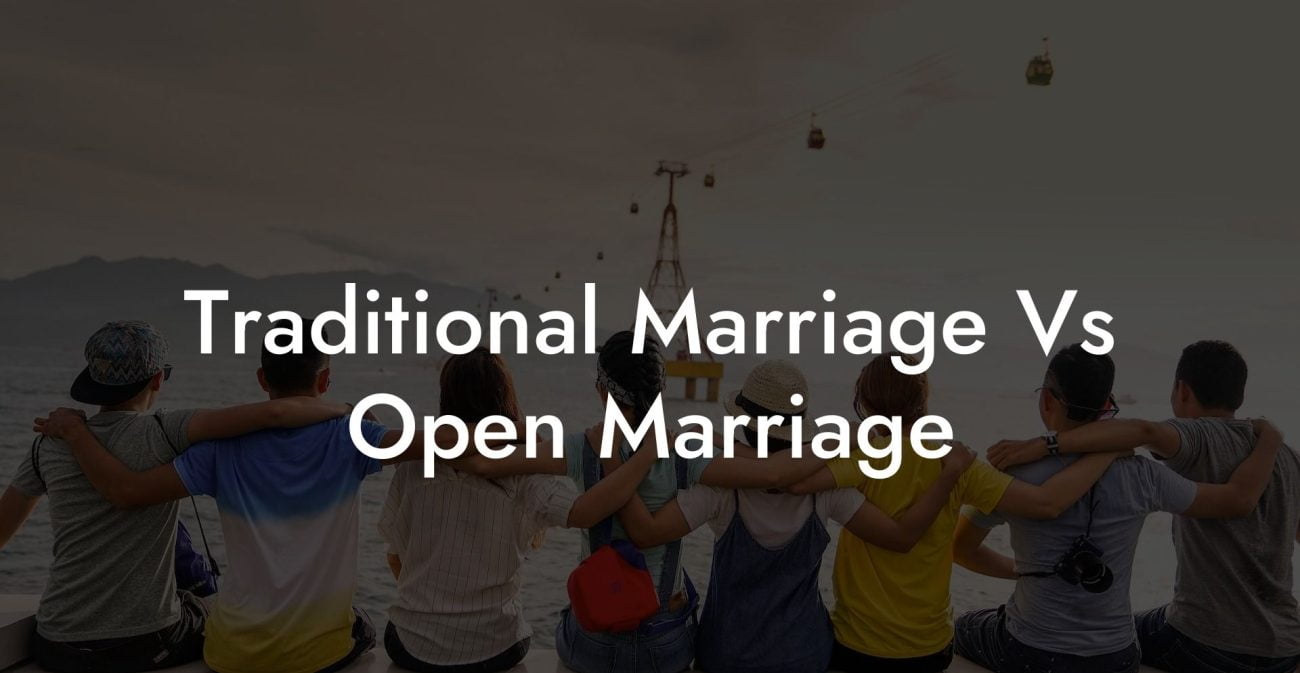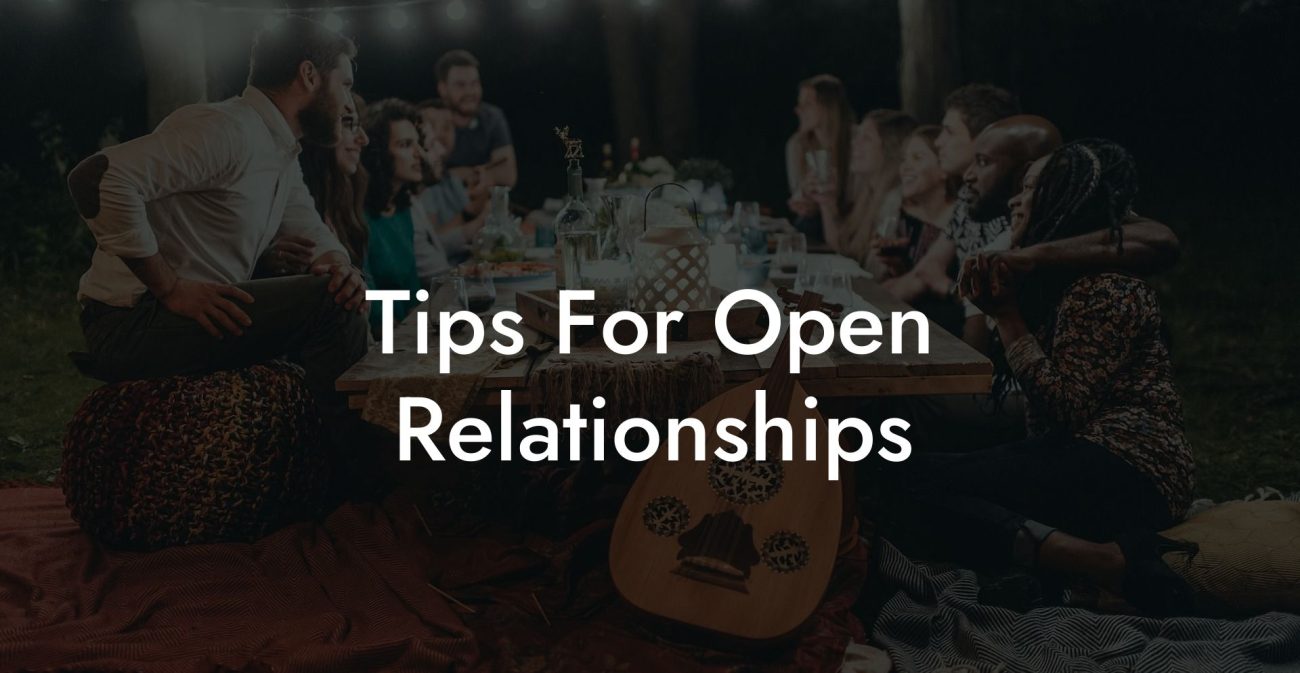Guide to Percentage Of People Who Are Polyamorous
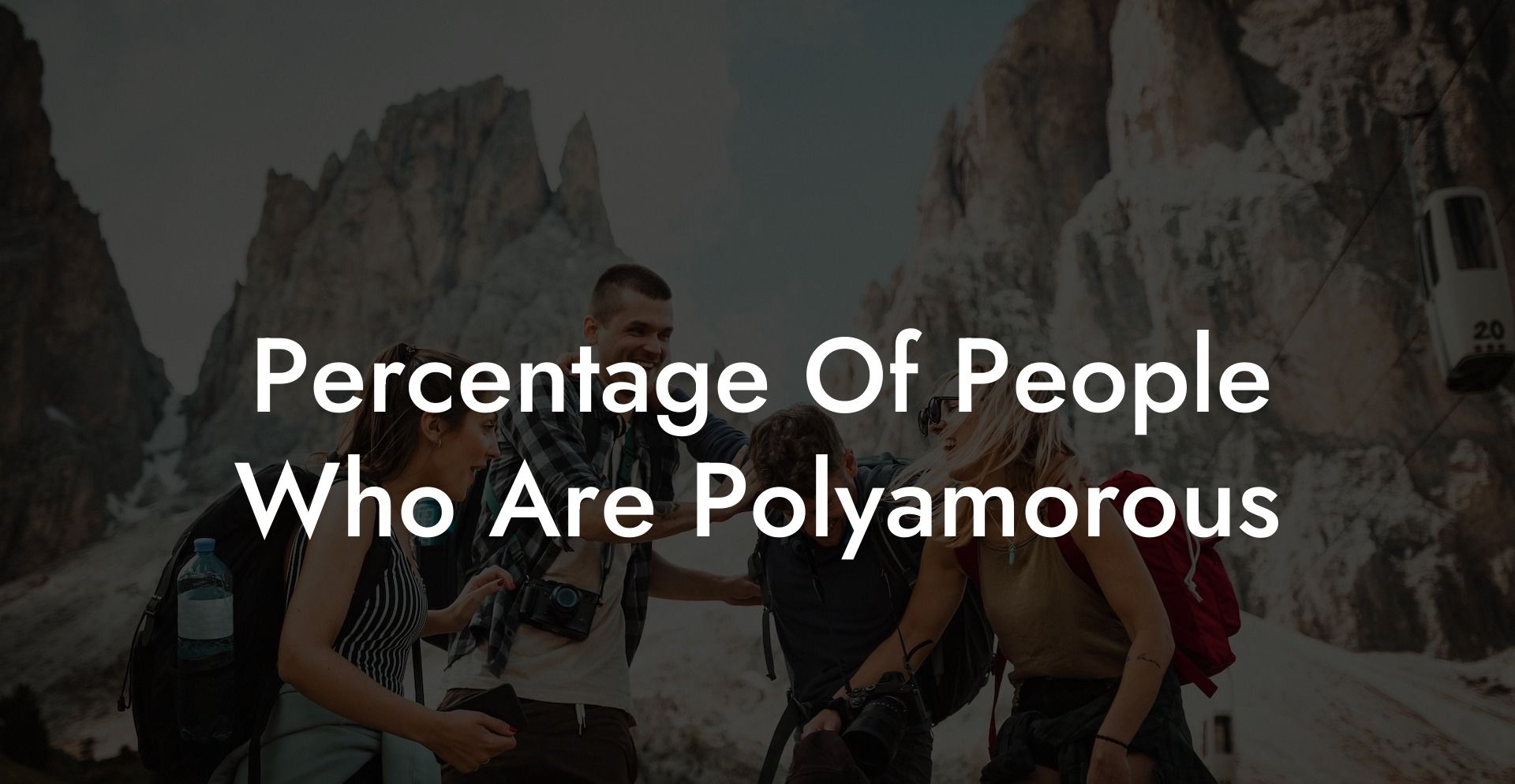
Welcome to our comprehensive guide on the percentage of people who are polyamorous, a deep dive into the numbers, trends, and cultural shifts that define this diverse relationship model. As more individuals challenge traditional monogamous norms and explore ethical non-monogamy, understanding the prevalence of polyamory becomes increasingly important. This guide will examine the latest statistics, discuss the challenges of measuring polyamory, and explore the social and cultural implications behind the numbers. Whether you’re a researcher, a relationship counselor, or simply curious about how many people embrace polyamory, read on to discover the insights that 2018, 2020, and more recent studies have revealed about this growing community.
Quick Links to Useful Sections
- What Is Polyamory?
- Why Measure Polyamory? The Importance of Statistics
- Overview of Recent Polyamory Statistics
- Demographic Breakdown of Polyamory
- Challenges in Collecting Polyamory Statistics
- Social and Cultural Implications of Polyamory Statistics
- Future Trends in Polyamory
- Implications for Relationship Counseling and Policy
- Conclusion
- FAQ: Guide to Percentage Of People Who Are Polyamorous
- Resources and Community Support
What Is Polyamory?
Polyamory is the practice of engaging in multiple consensual romantic or sexual relationships simultaneously. Unlike infidelity or secret affairs, polyamory is built on transparency, open communication, and ethical non-monogamy. Polyamorous individuals believe that love is an abundant resource and that meaningful connections can be shared without diminishing the quality of each relationship. This philosophy challenges the long-held belief that intimacy must be exclusive and instead promotes the idea that multiple, fulfilling relationships can coexist.
While polyamory is often associated with having several partners, its practice can vary widely. Some people maintain a primary partnership while also nurturing secondary connections, while others prefer an egalitarian approach where all relationships are considered equally important. The key, however, remains consistent: every relationship is entered into with full, informed consent and governed by mutual respect and ongoing dialogue.
Why Measure Polyamory? The Importance of Statistics
Understanding the percentage of people who are polyamorous is crucial for several reasons. First, it helps to normalize non-traditional relationship models by providing empirical data that challenge stereotypes and misconceptions. Second, these statistics can inform public policy, relationship counseling practices, and social support systems by highlighting the diversity of modern relationships. Lastly, knowing the prevalence of polyamory contributes to broader academic discussions about human sexuality, relationship dynamics, and cultural evolution.
Despite these benefits, accurately measuring polyamory is challenging due to factors such as social stigma, underreporting, and varying definitions of what constitutes a polyamorous relationship. As a result, the statistics available today should be interpreted with an understanding of these limitations.
Overview of Recent Polyamory Statistics
research on polyamory has evolved significantly over the past few decades. Various studies and surveys conducted in the United States and other Western countries have sought to quantify the prevalence of polyamorous practices. Although methodologies vary, recent studies suggest that approximately 4% to 5% of adults have engaged in some form of consensual non-monogamy, with a notable portion identifying as polyamorous.
For instance, a 2016 study conducted by the Kinsey Institute found that around 4% of American adults reported having engaged in non-monogamous behavior, which includes polyamory. More recent surveys conducted in the late 2010s and early 2020s have indicated a slight increase in these numbers, particularly among younger populations and urban communities where progressive attitudes tend to prevail.
Demographic Breakdown of Polyamory
A closer look at the demographics reveals interesting trends in who identifies as polyamorous:
- Age: Younger generations, particularly Millennials and Generation Z, are more likely to report polyamorous behavior. This trend is reflective of broader social changes and a growing openness toward non-traditional relationship models.
- Gender: Studies indicate a relatively balanced distribution between genders, though some surveys suggest that women may be slightly more open to polyamory than men. However, these figures can vary significantly based on the sample and survey design.
- Education and Income: Higher levels of education and income are often correlated with increased openness to non-monogamous practices. Educated individuals may have greater exposure to alternative relationship models and more progressive views on love and commitment.
- Geographic Location: Urban areas, particularly those with more liberal social climates, tend to have higher reported rates of polyamory. In contrast, rural or more conservative regions may show lower prevalence, likely influenced by cultural norms and stigma.
- Sexual Orientation: Polyamory is practiced across various sexual orientations, though it is particularly prevalent among LGBTQ+ communities, which have historically challenged conventional relationship norms.
Challenges in Collecting Polyamory Statistics
Gathering accurate statistics on polyamory is fraught with challenges:
- Social Stigma: Due to societal judgment and the fear of discrimination, many individuals may not disclose their non-monogamous practices, leading to underreporting in surveys.
- Definition Variability: What one person considers polyamorous may differ from another’s interpretation. Some surveys include any form of consensual non-monogamy, while others focus specifically on polyamory as a self-identified lifestyle.
- Survey Methodologies: Different studies employ varying methodologies, sample sizes, and questioning techniques, which can lead to discrepancies in the reported percentages.
- Privacy Concerns: Because polyamory involves personal and sensitive information, respondents may choose to remain anonymous or may not participate in surveys, skewing the data.
These limitations mean that the available statistics should be seen as approximations rather than definitive figures. Nonetheless, they provide valuable insights into the growing acceptance and practice of polyamory.
Social and Cultural Implications of Polyamory Statistics
The data on polyamory has broader implications for society. Increased visibility and acceptance of polyamorous relationships challenge long-standing cultural norms that prioritize monogamy. As more people come forward with their experiences, the conversation shifts toward a more inclusive understanding of love and commitment.
Higher percentages of polyamorous individuals, especially among younger demographics, signal a cultural shift that may influence public policy, relationship counseling, and social services. This evolving landscape calls for a more nuanced view of relationships that transcends traditional binary models.
Additionally, the data can help reduce stigma by providing empirical evidence that non-monogamous relationships are a legitimate and increasingly common way of life. It also encourages academic research and public dialogue, paving the way for legal and social reforms that recognize and protect diverse relationship structures.
Future Trends in Polyamory
Looking ahead, it is likely that the percentage of people who identify as polyamorous will continue to grow. As social attitudes evolve and the stigma surrounding non-monogamy diminishes, more individuals may feel comfortable exploring and disclosing polyamorous lifestyles.
Several factors are likely to drive this trend:
- Digital Connectivity: Online platforms and social media have made it easier for like-minded individuals to connect, share experiences, and educate themselves about alternative relationship models.
- Generational Shifts: Younger generations tend to be more open-minded and progressive regarding relationship norms. As these cohorts come of age, the prevalence of polyamory is expected to rise.
- Cultural Movements: Movements advocating for sexual freedom, gender equality, and LGBTQ+ rights continue to challenge traditional monogamous ideals, further paving the way for polyamorous relationships.
- Increased Research and Visibility: As more research is conducted and more polyamorous individuals share their stories, public understanding and acceptance of non-monogamy will likely improve.
These trends suggest that the numbers we see today are just the beginning, and future studies may reveal even higher rates of polyamory as society continues to embrace diverse models of love.
Implications for Relationship Counseling and Policy
The growing prevalence of polyamory has important implications for relationship counseling and public policy. Counselors and therapists are increasingly encountering clients who practice ethical non-monogamy, and there is a growing need for professionals who are trained to navigate these complex dynamics.
Furthermore, as polyamory becomes more visible, there may be calls for legal reforms to better recognize and protect non-traditional relationship structures. Issues such as healthcare rights, inheritance, and legal recognition of multiple partnerships are likely to become more prominent as society evolves.
Policymakers and legal experts may need to consider how existing frameworks can be adapted to accommodate the changing landscape of human relationships, ensuring that all individuals have equal rights and protections, regardless of their chosen relationship model.
Conclusion
The percentage of people who are polyamorous offers a fascinating glimpse into the evolving nature of human relationships. While estimates suggest that approximately 4% to 5% of adults in the United States have engaged in some form of consensual non-monogamy, the true number may be higher due to underreporting and social stigma. Demographic trends indicate that polyamory is particularly prevalent among younger, more educated, and urban populations, reflecting broader cultural shifts toward embracing diverse relationship models.
The data from recent studies not only highlight the growing acceptance of polyamory but also underscore the need for ongoing research, open dialogue, and supportive policies that recognize the legitimacy of ethical non-monogamy. As societal attitudes continue to evolve, the prevalence of polyamory is likely to increase, reshaping our understanding of love, commitment, and personal fulfillment.
Whether you are a researcher, a relationship counselor, or simply someone interested in modern relationship dynamics, the statistics on polyamory provide valuable insights into how people are redefining intimacy in the 21st century. By embracing a more inclusive view of relationships, we can work toward a future where all forms of consensual love are celebrated and respected.
FAQ: Guide to Percentage Of People Who Are Polyamorous
1. What percentage of people are polyamorous?
Research indicates that approximately 4% to 5% of adults in the United States have engaged in some form of consensual non-monogamy, including polyamorous relationships.
2. Are these statistics reliable?
Due to factors such as social stigma, privacy concerns, and variations in survey methodologies, these figures are approximate. The true percentage may be higher, as underreporting is common.
3. Which demographics are most likely to be polyamorous?
Studies suggest that younger people, especially Millennials and Generation Z, along with those in urban areas and with higher levels of education, are more likely to practice polyamory.
4. How do cultural factors influence polyamory statistics?
Cultural acceptance of non-traditional relationships, media exposure, and progressive social attitudes in certain regions contribute to higher reported rates of polyamory, particularly in urban and liberal areas.
5. What are some challenges in measuring polyamory?
Challenges include social stigma leading to underreporting, variations in how polyamory is defined, and differences in survey methodologies. These factors can result in conservative estimates.
6. How has polyamory prevalence changed over time?
While polyamory remains a minority practice, recent trends suggest a gradual increase in its acceptance and practice, especially among younger demographics.
7. Can polyamory be practiced ethically?
Yes, ethical polyamory is based on informed consent, open communication, and mutual respect, ensuring that all partners are fully aware of and agree to the relationship dynamics.
8. What social benefits does polyamory offer?
Polyamory can promote personal growth, improved communication skills, diverse emotional support, and a broader acceptance of non-traditional relationship models.
9. Are there regional differences in polyamory statistics?
Yes, polyamory is generally more prevalent in urban areas and regions with more progressive social attitudes compared to rural or conservative areas.
10. Where can I find more detailed research on polyamory?
Books such as "The Ethical Slut" and "More Than Two", academic journals, and online communities like Reddit’s r/polyamory are excellent resources for further research and insights.
Resources and Community Support
- Books and Academic Journals: Explore in-depth literature such as "The Ethical Slut" and "More Than Two" for detailed research and analysis on polyamory.
- Documentaries and Online Courses: Visual and interactive resources provide engaging ways to understand the evolution and cultural impact of polyamorous relationships.
- Online Communities: Engage with supportive forums and social media groups (e.g., Reddit’s r/polyamory) where members share personal experiences and insights.
- Workshops and Conferences: Attend events focused on ethical non-monogamy to gain firsthand knowledge from experts and network with like-minded individuals.
- Therapy and Counseling: Consider consulting professionals who specialize in non-traditional relationships for personalized advice and support.
With thoughtful self-reflection, open dialogue, and the support of a vibrant community, you can gain a deeper understanding of the percentage of people who are polyamorous and what that means for modern relationships. The statistics not only shed light on evolving relationship models but also pave the way for greater acceptance and more inclusive policies in the future.
Lost & confused by all of the terms, types and seemingly made up 3 letter acronyms?? We've got you. Check out our Ethnical Non-Monogamy Dictionary >>
Useful Interruption: Not sure which relationship vibe fits you best? Take our Relationship Test, it’ll give you the real insight into your natural relationship style. Then, dive into our binge-worthy guides (from the tried-and-true to the “wait, that’s a thing?”) and find the perfect relationship type for your life:
- Monogamy
- Open Relationships
- Ethical Non-Monogamy
- Solo Polyamory
- Non-Hierarchical Polyamory
- Hierarchical Polyamory
- Relationship Anarchy
- Swinging
Now back to the main article but yeah take the test...

